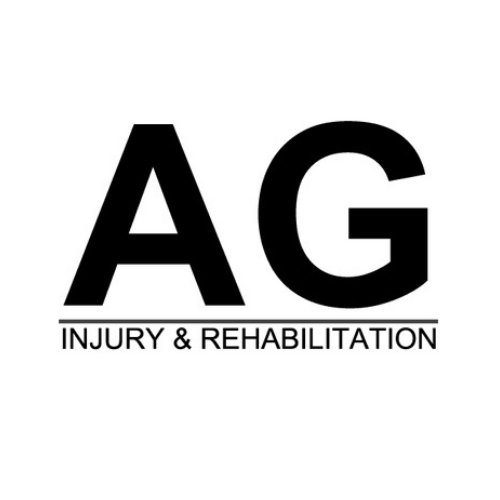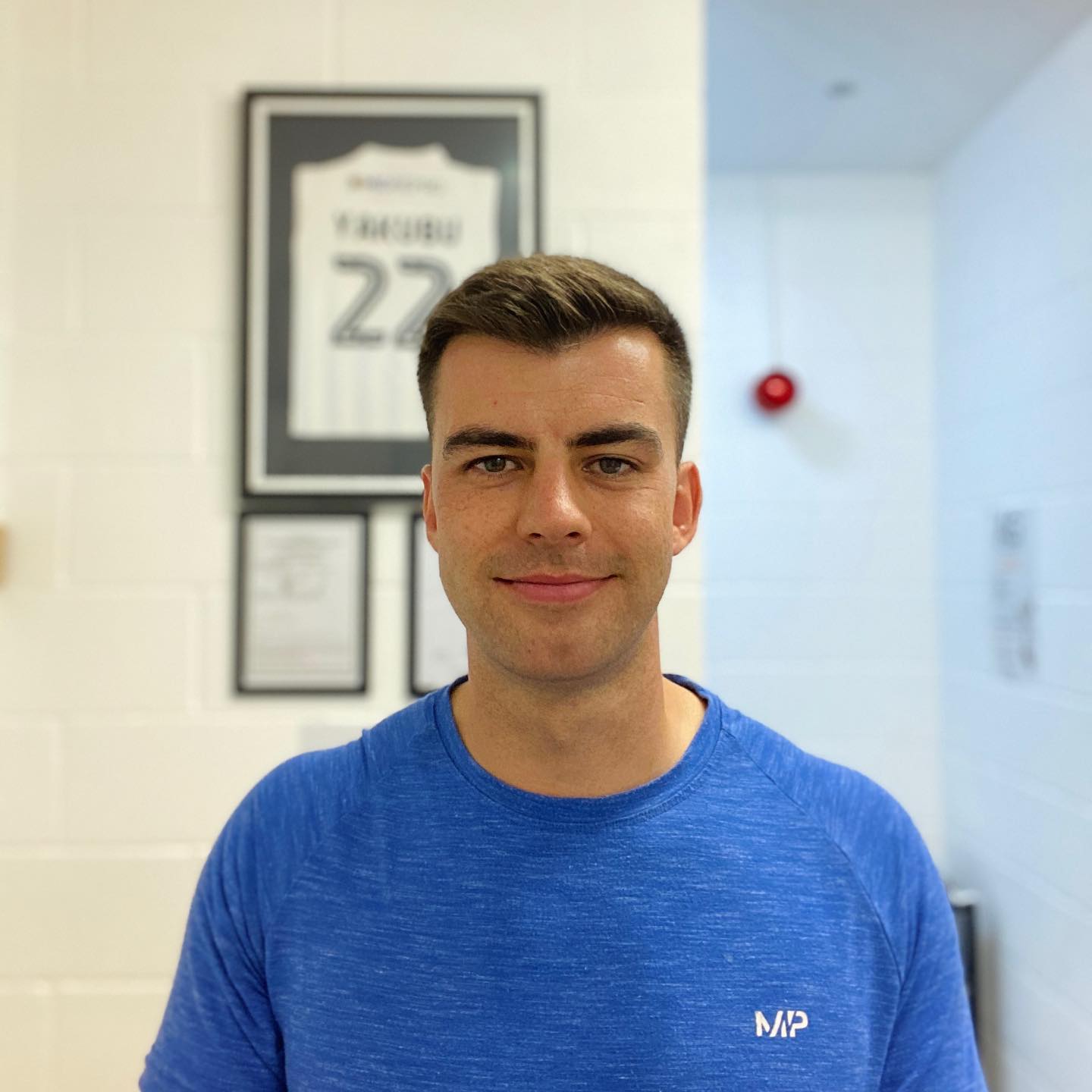Did you know that nearly half of American adults have high blood pressure, yet many don't even realize it? This "silent killer" often shows no symptoms while quietly increasing your risk of heart disease and stroke. The good news is that you don't need prescription medications to make a significant impact on your numbers.
Natural solutions for reducing high blood pressure are both effective and accessible. From simple dietary changes to stress-management techniques, there are numerous evidence-based strategies that can help bring your blood pressure down to healthier levels. Let's explore these practical approaches that you can start implementing today.
Maintain a Healthy Weight
Shedding extra pounds makes a noticeable impact on blood pressure - even losing 10 pounds can help lower your numbers. To find your ideal weight range, calculate your BMI by dividing your weight in kilograms by your height in meters squared. A healthy BMI falls between 18.5 and 24.9.
To reach your target weight, cut back on calories while staying active. Include 150 minutes of moderate exercise or 75 minutes of intense workouts in your weekly routine.
Adopt the DASH Diet
The DASH diet works wonders for managing hypertension, showing results in as little as two weeks. This eating plan puts fruits, vegetables, whole grains, lean proteins, and low-fat dairy at centre stage. At the same time, it limits foods high in sodium, sugary treats, red meats, and saturated fats.
A simple DASH breakfast might include whole wheat toast paired with fresh fruit salad and low-fat yogurt.
Reduce Sodium Intake
Keep your daily sodium below 2,300 mg - going down to 1,500 mg can lower your blood pressure even more. Check food labels carefully, since processed and packaged foods often pack hidden sodium. Skip the salt shaker and add flavour with herbs and spices instead. Try basil, oregano, or garlic powder to make your meals tasty without the extra sodium.
Increase Potassium Consumption
Adding more potassium to your meals helps control blood pressure. Aim for 3,500-5,000 mg daily through food choices. Load up on bananas, potatoes, beans, and leafy greens to hit this target.
The DASH diet makes getting enough potassium simple. Try a smoothie with banana and spinach, or whip up a baked potato topped with beans for a potassium-rich meal.
Regular Physical Activity and Exercise
Working out regularly can drop your blood pressure by 5-8 mm Hg. Make time for 150 minutes of moderate activity each week - that's just 30 minutes a day, five times weekly. Start with simple activities like brisk walking, swimming, or cycling.
Begin slowly with 10-minute sessions if you're new to exercise. As your fitness grows, add more time or pick up the pace. Even basic home workouts like jumping jacks, squats, or stretching count toward your weekly goal.
Limit Alcohol Consumption
Drinking too much alcohol raises blood pressure, so keep it moderate. Women should stick to one drink daily, while men can have up to two. One drink equals 12 ounces of beer, 5 ounces of wine, or 1.5 ounces of spirits.
Try alcohol-free days throughout the week. When socializing, opt for sparkling water with lime, kombucha, or fresh juice mocktails. These choices help maintain healthy blood pressure while still letting you enjoy social occasions.
Quit Smoking
Smoking makes your blood vessels tighten and raises your heart rate, leading to higher blood pressure. When you stop smoking, your blood pressure starts dropping back to normal levels within weeks.
Ready to quit? Start with nicotine patches or gum to manage cravings. Join a local support group or call smoking cessation hotlines for extra help. Many former smokers find success by setting a firm quit date and telling friends and family about their plan to stop.
Manage Stress Through Relaxation Techniques
High blood pressure often goes hand in hand with ongoing stress. Taking time to relax each day can help bring your numbers down. Simple techniques like deep breathing, meditation, and yoga make a real difference. Start with 5 minutes of slow, deep breaths - inhale for 4 counts, hold for 4, then exhale for 4.
Popular apps like Headspace and Calm offer guided sessions perfect for beginners. Set aside a quiet spot at home for your practice, perhaps in the morning before work or at night before bed.
Get Adequate, Quality Sleep
Good sleep plays a key role in blood pressure control. Most adults need 7-9 hours each night for optimal health. Make sleep a priority by going to bed and waking up at the same times daily.
Set up your bedroom for better rest: keep it dark, quiet, and cool. Turn off screens an hour before bed, and skip caffeine in the afternoon. If you snore or often feel tired despite sleeping, talk to your doctor about testing for sleep apnea.
Monitor Blood Pressure at Home
Tracking your blood pressure at home puts you in control of your health. Pick a validated upper arm cuff monitor - they're more accurate than wrist devices. Take readings at the same time each day, sitting quietly with your arm supported at heart level.
Write down your numbers or use a phone app to log them. Share these records with your doctor to spot patterns and adjust treatment plans. If your readings stay above 140/90 mm Hg for several days, call your healthcare provider.
Incorporate Heart-Healthy Supplements
Several supplements show promise in supporting healthy blood pressure. Omega-3 fatty acids, found in fish oil supplements, help reduce inflammation and promote heart health. Take 2-3 grams daily with meals.
Magnesium supplements (400-800 mg daily) can help relax blood vessels. CoQ10, at doses of 100-200 mg per day, may also lower blood pressure.
Always buy from reputable manufacturers and look for third-party testing seals. Talk to your doctor before starting any supplements, especially if you take blood pressure medications.
Reduce Caffeine Intake
Caffeine can cause short-term spikes in blood pressure, especially in people who don't consume it regularly. While moderate amounts (up to 400mg daily) are generally safe, cutting back helps maintain steady blood pressure levels.
Switch to decaf coffee or herbal teas like chamomile and rooibos. Green tea offers a gentler caffeine boost with added health benefits. Remember that sodas, energy drinks, and chocolate also contain caffeine, so watch these sources too.
Practice Deep Breathing Exercises
Deep breathing lowers blood pressure by calming your nervous system and reducing stress hormones. A simple technique starts with sitting comfortably and placing one hand on your chest, the other on your belly. Breathe in slowly through your nose for 4 counts, letting your belly expand. Hold for 2 counts, then exhale through your mouth for 6 counts.
Practice this breathing pattern for 5 minutes, three times daily - morning, afternoon, and before bed. Set phone reminders to stay consistent with your practice.
Try Meditation or Mindfulness
Meditation and mindfulness practices lower blood pressure by reducing stress hormones in your body. Start with just 5-10 minutes daily of sitting quietly and focusing on your breath. Notice each inhale and exhale without trying to change them.
Free apps like Insight Timer offer guided sessions specifically for blood pressure management. Try body scan meditations before bed or quick mindful moments during your lunch break. Even a minute of mindful breathing while stuck in traffic helps steady your numbers.
Increase Intake of Foods Rich in Nitrates
Foods high in nitrates help your blood vessels open wider, naturally lowering blood pressure. Dark leafy greens and beets pack the highest nitrate content. Add spinach, arugula, and Swiss chard to your daily meals. Drink fresh beet juice or roast beets for salads and side dishes.
Mix these foods into your meals easily: toss arugula into morning smoothies, add Swiss chard to soups, or blend beets into hummus. For best results, eat these foods raw or lightly steamed.
Maintain Proper Hydration
Drinking enough water plays a vital role in managing blood pressure levels. Most adults need 8-10 glasses of water daily, though needs vary based on activity level and climate.
Keep a reusable water bottle handy and sip throughout the day. Add sliced citrus fruits or cucumber for natural flavor. Watch for signs of dehydration like dark urine, dry mouth, or feeling thirsty - these indicate it's time to drink more water.
Limit Processed and High-Fat Foods
Packaged snacks, ready meals, and fatty foods can raise your blood pressure over time. Check ingredient lists - the shorter, the better. Products with more than 5 ingredients often contain hidden sodium, unhealthy fats, and artificial additives.
Replace chips with air-popped popcorn, swap frozen dinners for home-cooked meals, and choose lean proteins over fried foods. Build your plate around vegetables, whole grains, and lean meats for better blood pressure control.
Incorporate More Lean and Plant-Based Proteins
Choosing lean and plant-based proteins helps lower blood pressure by reducing saturated fat intake. Fill your plate with options like lentils, chickpeas, tofu, skinless chicken breast, and fish rich in omega-3s. A healthy portion equals about the size of your palm.
Mix black beans into quinoa bowls, add edamame to salads, or grill fish with herbs. These protein sources contain less sodium than processed meats and supply essential nutrients that support heart health.
Explore Natural Herbs and Spices
Garlic stands out as a natural way to reduce high blood pressure, with studies showing it can lower readings by 8-10 points. Add 2-3 fresh cloves daily to your meals, or take 300mg of garlic powder supplements.
Cinnamon, ginger, and cardamom also help control blood pressure. Sprinkle 1/2 teaspoon of cinnamon on oatmeal, steep fresh ginger in hot water for tea, or add ground cardamom to coffee or baked goods. These spices bring flavor without extra sodium while supporting healthy blood pressure levels.
Regular Health Check-Ups and Medication Management
Regular doctor visits help track changes in your blood pressure and catch problems early. Schedule check-ups every 3-6 months, or more often if your readings stay high. Keep a log of home readings to share during these visits.
If prescribed blood pressure medications, take them exactly as directed. Set phone alarms for daily doses and use pill organizers to stay on track. Tell your doctor about any side effects - don't stop taking medicine without medical guidance.
Talk openly with your healthcare team about lifestyle changes and any challenges you face. Ask questions about your treatment plan and blood pressure goals. Many doctors now offer virtual visits and messaging options for quick concerns between appointments.
Taking Control of Your Blood Pressure
Managing high blood pressure doesn't require drastic lifestyle overhauls. By incorporating these natural strategies gradually into your daily routine, you can create lasting habits that support healthy blood pressure levels. Remember that consistency matters more than perfection – even small changes can lead to significant improvements over time.
Start with one or two approaches that feel most manageable, then build from there. Whether it's adding more potassium-rich foods to your diet or practicing deep breathing exercises, every step you take brings you closer to better heart health. Keep track of your progress, celebrate small victories, and stay committed to your journey toward optimal blood pressure control.

